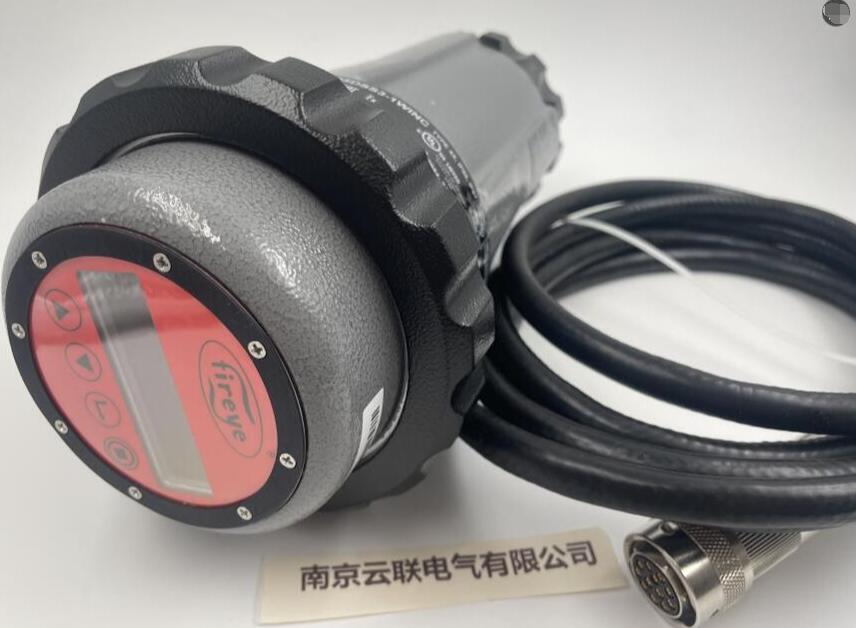Fault analysis and handling methods for flame detectors
1、 Function
Flame detectors play a crucial role in the safe operation of industrial combustion equipment. Once the flame detector malfunctions, it not only affects the normal operation of the equipment, but may also pose serious safety hazards. Therefore, it is of great significance to have a deep understanding of the causes of flame detector failures and to master effective handling methods.
2、 Fault analysis of flame detector
Hardware failure: Hardware failure is one of the common issues with flame detectors. As a component for directly detecting flames, the probe is easily damaged by factors such as high temperature, dust, and corrosion. For example, the optical lens of the probe may deform due to high temperature, resulting in a decrease in detection accuracy; Or unable to receive flame radiation properly due to excessive dust accumulation. In addition, electronic components on the circuit board may also malfunction, such as aging of capacitors and resistors, short circuits, etc.
Software malfunction: Although flame detectors mainly rely on hardware for detection, software systems also play an important role. Software failures may manifest as program errors, improper parameter settings, etc. For example, flame detection algorithms may have defects that can lead to misjudgments of flame states; Or the user may not have made reasonable adjustments to the detector parameters based on the actual situation, which affects the detection effect.
Environmental factors: The working environment of flame detectors is relatively harsh, and environmental factors such as high temperature, high humidity, and strong electromagnetic interference may affect their normal operation. In high temperature environments, the electronic components of the detector are prone to overheating, leading to a decrease in performance; In strong electromagnetic interference environments, detectors may be affected by interference signals, resulting in false positives or false negatives.
3、 Fault handling strategy
Hardware troubleshooting: For probe failures, damaged probes should be replaced in a timely manner, and probes should be cleaned and maintained regularly. When replacing the probe, it is important to choose the appropriate model to ensure compatibility with the original detector. For circuit board faults, professional technicians are required to conduct inspections and repairs, identify damaged components, and replace them.
Software troubleshooting: If it is a program error, it is necessary to promptly contact the equipment supplier or technical support personnel to obtain updated software versions for upgrading. For the issue of improper parameter settings, users should make reasonable adjustments based on the actual operating conditions of the device and refer to the instruction manual. After adjusting the parameters, testing should be conducted to ensure that the detector can work properly.
Dealing with environmental factors: In order to reduce the impact of environmental factors on flame detectors, some protective measures can be taken. For example, installing insulation devices around the detector to reduce the ambient temperature; Electromagnetic shielding should be applied to the detector to reduce the impact of electromagnetic interference. At the same time, regular inspections of detectors should be conducted to promptly detect and address malfunctions caused by environmental factors.
4、 Conclusion
The troubleshooting of
flame detectors requires comprehensive consideration of multiple factors such as hardware, software, and environment. By accurately analyzing and effectively handling faults, the normal operation of flame detectors can be ensured, ensuring the safe and stable production of industrial combustion equipment. In practical work, we need to strengthen the maintenance and management of flame detectors, improve fault handling capabilities, and provide strong guarantees for the safe operation of equipment.


